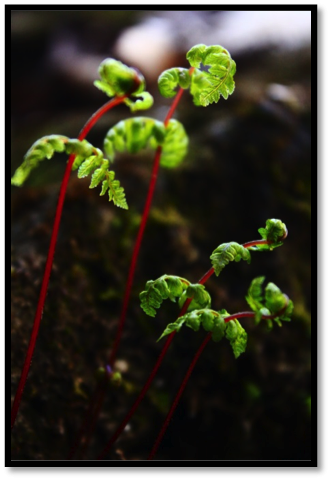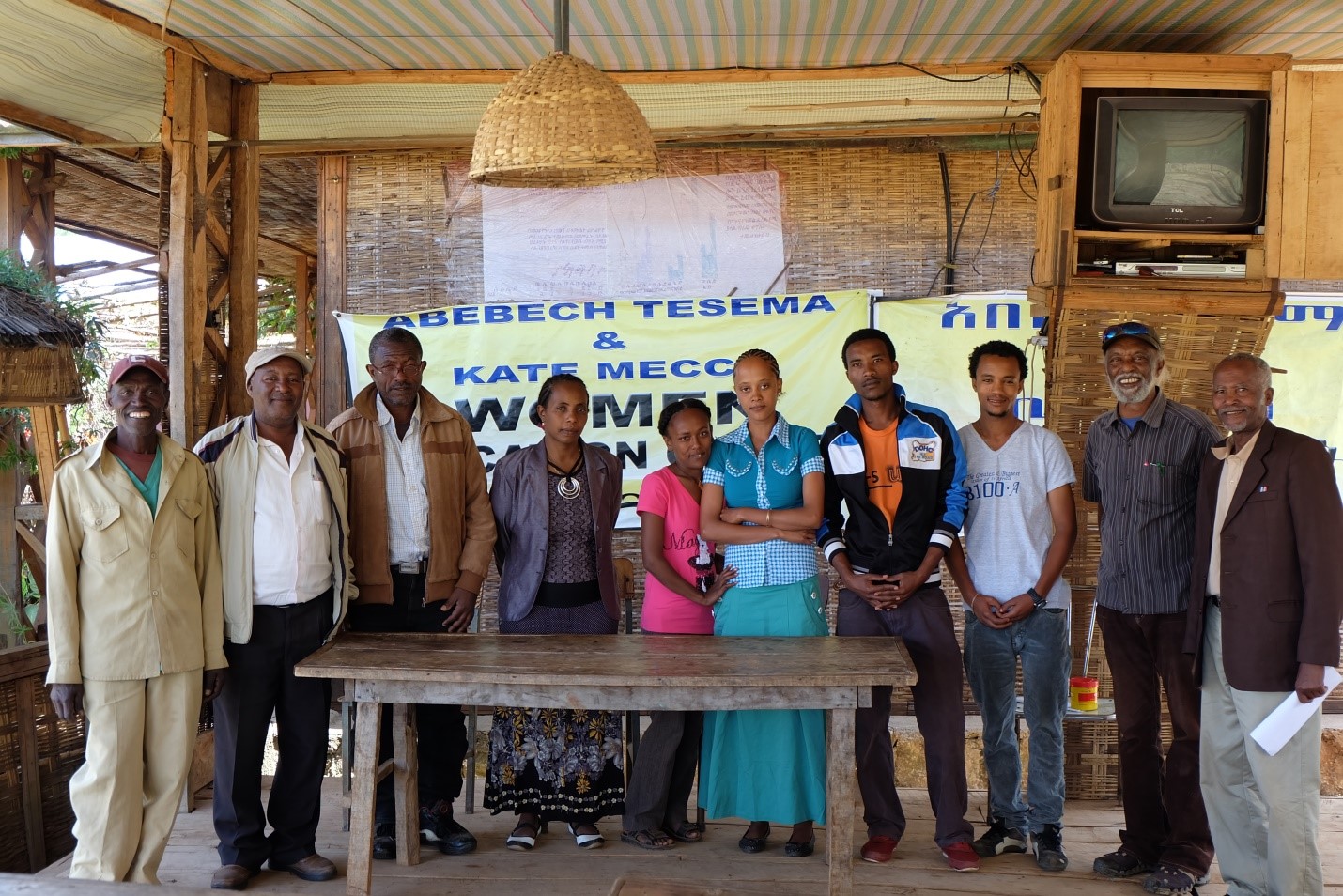I’m Kelsey Pierson, first year at Antioch, and I’m spending my first co-op term in south-central Ohio, working with the Arc of Appalachia. The Arc of Appalachia, or the Arc for short, is a private non-profit preserve system which stewards fourteen nature preserves in the region, including three ancient earthwork sites: the famous Serpent Mound, Fort Hill (one of the best preserved hilltop enclosure mounds in existence), and Spruce Hill. Hiking trails wander through these preserves; quite a few of the trails, including some of the most breathtaking, are open to the public to enjoy, and all are open to those holding a membership.
The properties being preserved by the Arc are all areas chosen for their biological diversity, and are studded with the spectacular gorges, rushing streams, and rolling hills characteristic of the Appalachian foothills. The main focus of the Arc is on the preservation and restoration of the Eastern deciduous forest, however they also steward other important native eco-systems such as wetlands and prairies. Stewardship of Arc properties utilizes a minimal disturbance method, centering around maximizing biodiversity and returning mature forests to the landscape of the Eastern United States. Furthermore, the Arc works to educate people on the history and importance of the Eastern deciduous forest, as well as the prehistoric cultural saga of the region with two visitor centers and a small museum, and various nature focused events and workshops. Lastly, the Arc offers six handsome lodges in scenic locations where visitors can soak in the beauty of the area.
You can find more information on the Arc’s work and the wonders and history of the Eastern deciduous forest here: https://arcofappalachia.org/arc/why.html
During my co-op I am living a short walk down the road from the Arc’s Highland Nature Sanctuary preserve, the location of the Appalachian Forest Museum and what I would argue to be the most spectacular scenery of any of the Arc’s preserves. The majority of my work with the Arc is in the removal of invasive plant species, including bush honeysuckle, garlic mustard, autumn olive, multiflora rose, and others. I work on a variety of the Arc’s preserves, sometimes alone but more often with some of my small number of coworkers and the occasional volunteer. The procedures for removal vary between plants, but our general tools are a pair of work gloves, a hand saw, a pair of garden clippers, and a squirt bottle for administering small amounts of herbicide. The work is hard and physical, and involves being outdoors in weather ranging from cold and wet to hot and harshly sunny and everything in between. But these are qualities I revel in, and in addition it is work towards a grand and excellent purpose, and allows me to learn and practice plant identification and related skills.
As the Arc staff is incredibly tiny, I sometimes do other work in addition to invasive removal. Also, since the Arc is such a small organization and there is so much to do, projects can be specific to my skills, such as a project I’m currently working on photographing our lodges’ interiors for virtual tours on our new website (photography is a big passion of mine). During events like our Wildflower Pilgrimage and the upcoming Birds By Song Workshop I help out with things like cooking and hosting. I also help out some with trail maintenance, keeping the path of trails visible and clear of fallen trees and other obstructions. This job, in addition to being really enjoyable, is an excellent opportunity for me to learn about plants, conservation, and the environment. I plan to create a self-design major combining environmental science with some other disciples, possibly media and history. I’m not sure yet what I’d like to do as a career, but I’m thinking right now about environmental education.






